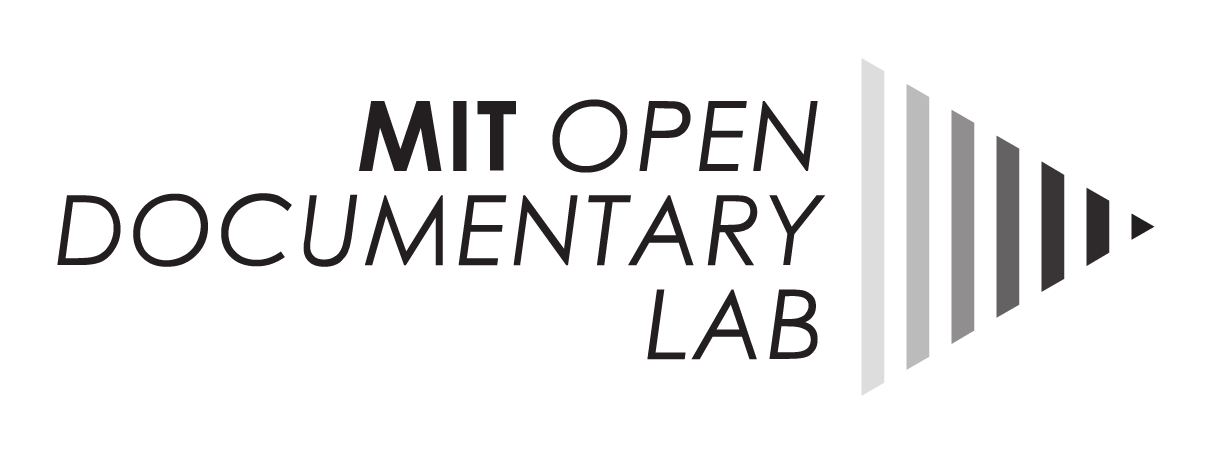
10 Oct COME/IN/DOC | Interactivity Definition [Part 4]
SEASON 2 – EPISODE 1 – PART 4: ‘INTERACTIVITY DEFINITION’
Here you can access the fourth part of the first episode:
[vimeo width=”580″ height=”330″]https://vimeo.com/176826830[/vimeo]
SELECTION OF KEY IDEAS (DIRECTOR’S CONTRIBUTION)
Alexandre Brachet (Upian): This a recipe, and it depends a lot on the story you’re gonna tell. There’s not a general law, I don’t have any definition: we look for strong stories and tell them through the Internet.
Brenda Longfellow (Offshore): Interactivity is very specific to each project. It’s an umbrella term. In relation to Offshore, we decided that the interface should tell the story more than even the narrative itself. We wanted to create an immersive first-person experience.
Katerina Cizek (Highrise): Interactivity has to do with media, which is related to the word ‘mediate’, this notion of communication and transmission that, at its best, goes both ways. To me the concept of interactivity is getting to the heart of that notion of mediation.
Sarah Wolozin (MIT Open Documentary Lab): From an authorial point of view, it’s thinking about what participation the audience is going to have in the story. It’s really a dialogue between the author and the audience, so the documentary changes and becomes something else when the user interacts with it.
Vincent Morisset (AATOAA): It’s just cause and effect. You do something and it bounces back.
Adrian Miles (RMIT University): For me it is a consequence of using a computational system or process, which doesn’t have to be a computer. It’s not just navigating but also affecting the shape of the thing itself.
Kate Nash (University of Leeds): I would define interactivity in terms of voices being able to speak and be heard. The ability to make an input in a computerized system, you do something and something changes as a result.
Gerald Holubowicz (Racontr): finding a way to make people become immersed in the stories using a varied set of techniques, such as image, sound, geolocalisation, etc.
Guy Spriggs (Ramillas): Broadly speaking, it is that you influence in some way the progress of the story.
William Uricchio (MIT Open Documentary Lab): On one hand, it can be where the user can do something to bring the text alive; on the other, in the digital era, it has to do with the ability to manipulate the text itself, something where the user interacts with a certain environment and the ability to shape and/or shift the text itself.
Sandra Gaudenzi (Interactive Factual): In this field we are talking about digital interactivity, with the artifact itself. It could be seen as control, as a conversation (games), types of interactivity that change the user experience. To me it is interesting when that’s close to transformation, which is actually changing the user’s understanding of the world.
Maria Gemayel (Klynt): Interactivity is that type of dialogue that we have with the machine. We have learnt some habits but now we are unlearning things and learning new ways of interacting with things: grabbing, touching, etc. In Klynt, we are developing a beta tester version which incorporates Virtual Reality.
Add your contribution here: http://comeindoc.com/contribute/
Website: http://comeindoc.com
Dr. Arnau Gifreu
COME/IN/DOC Director
Research affiliate
agifreu@mit.edu



